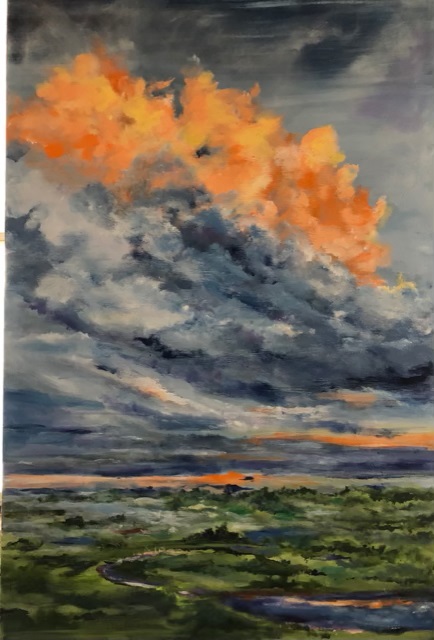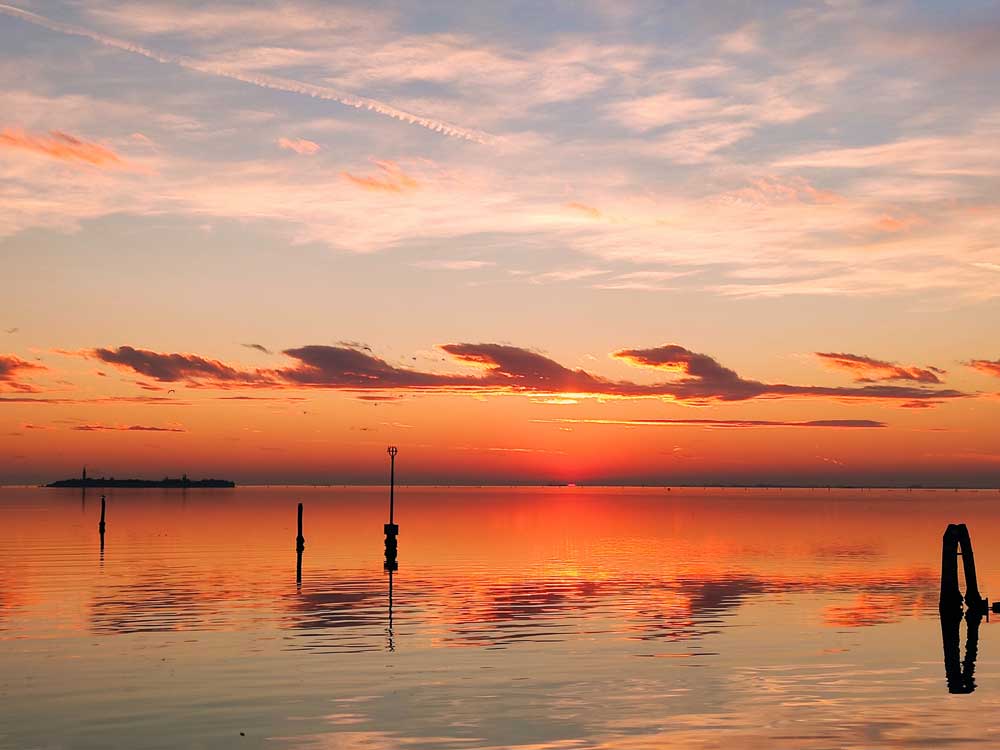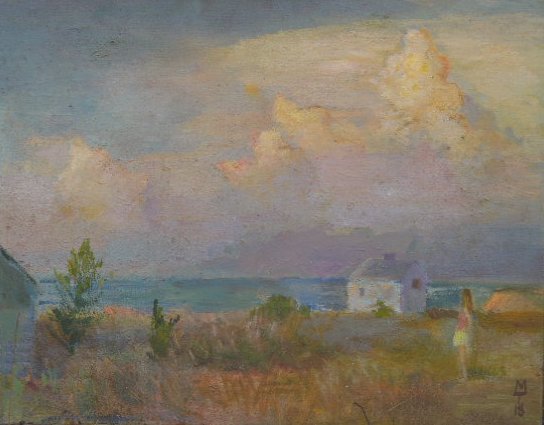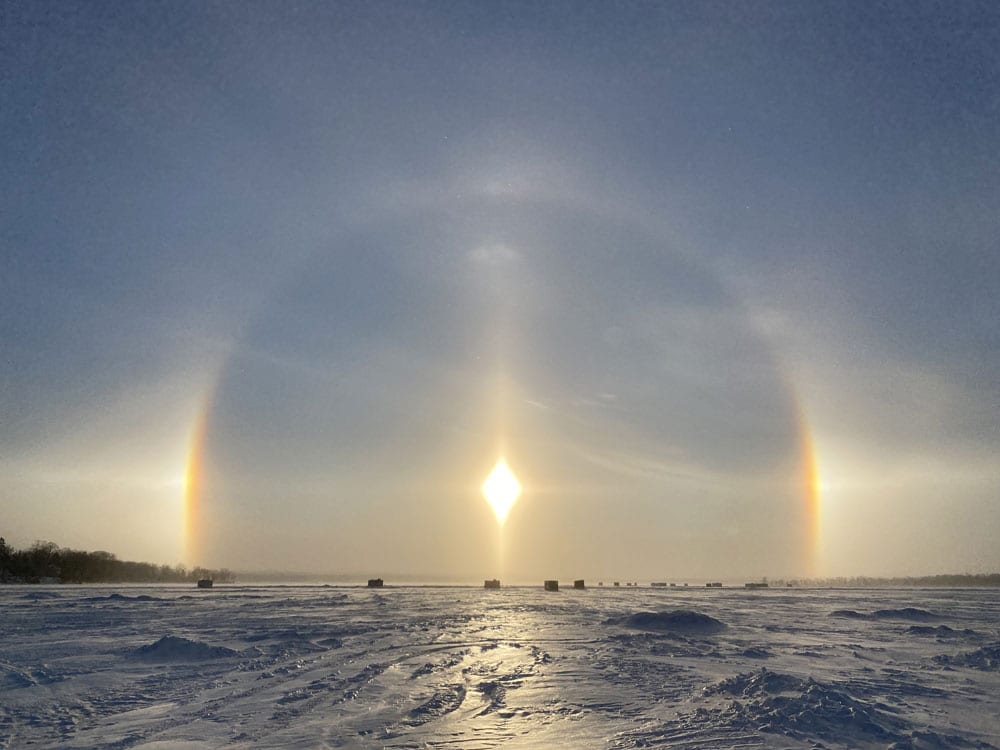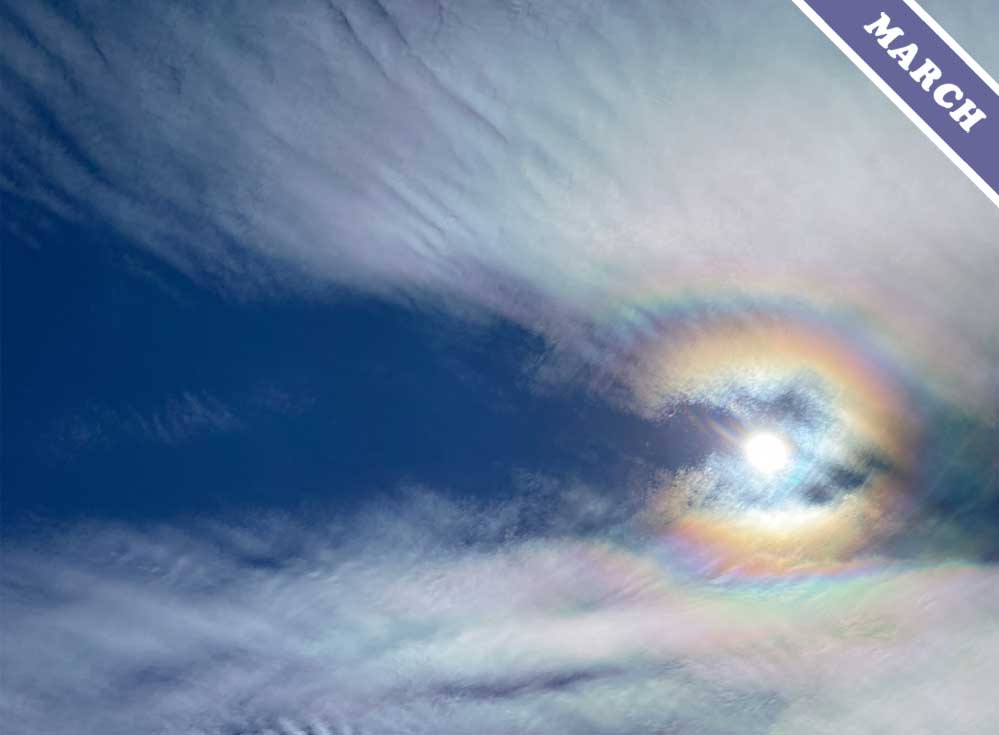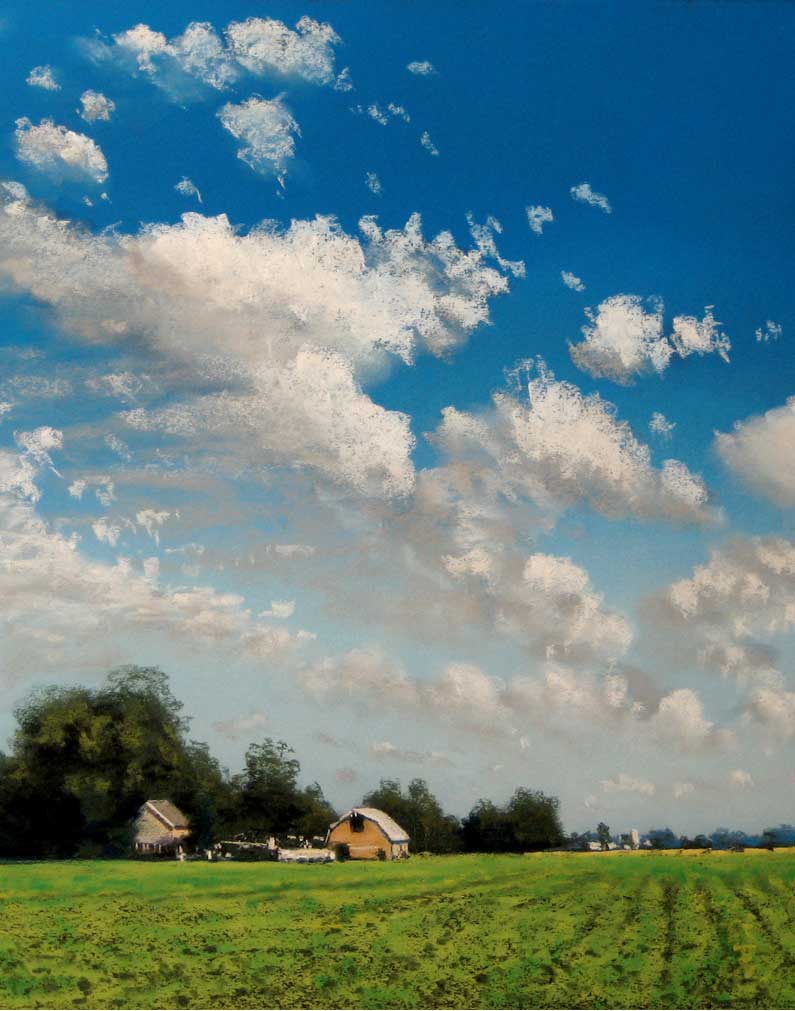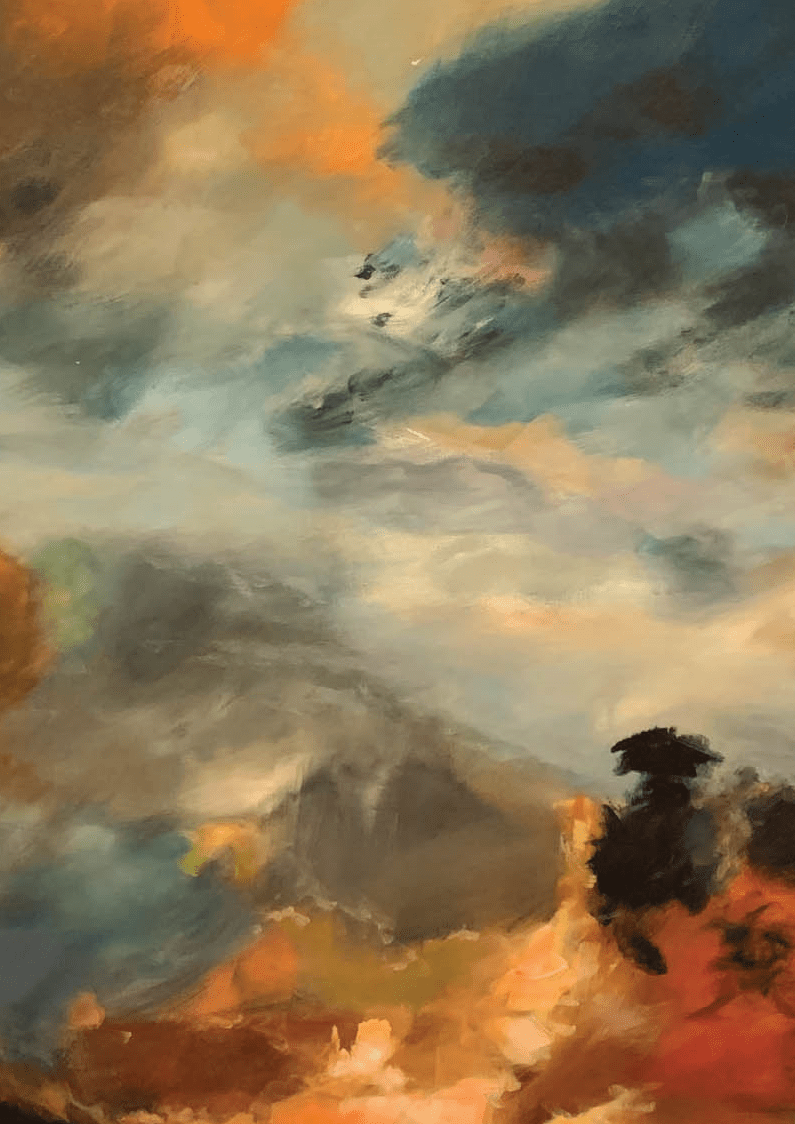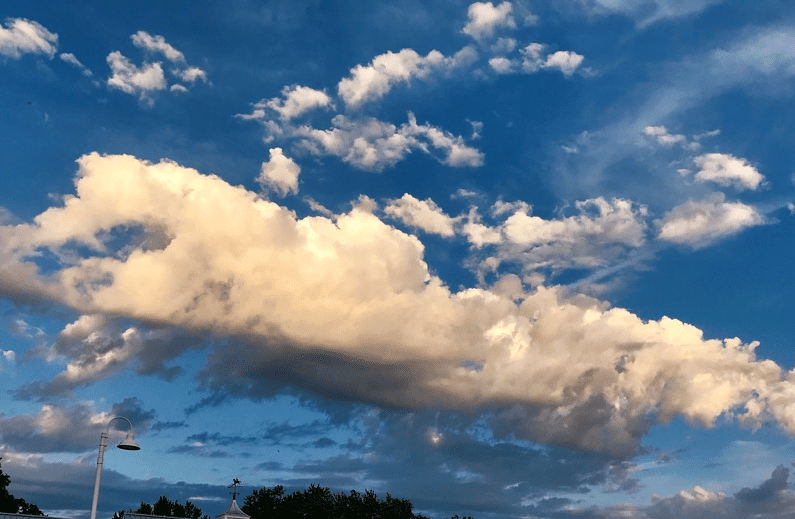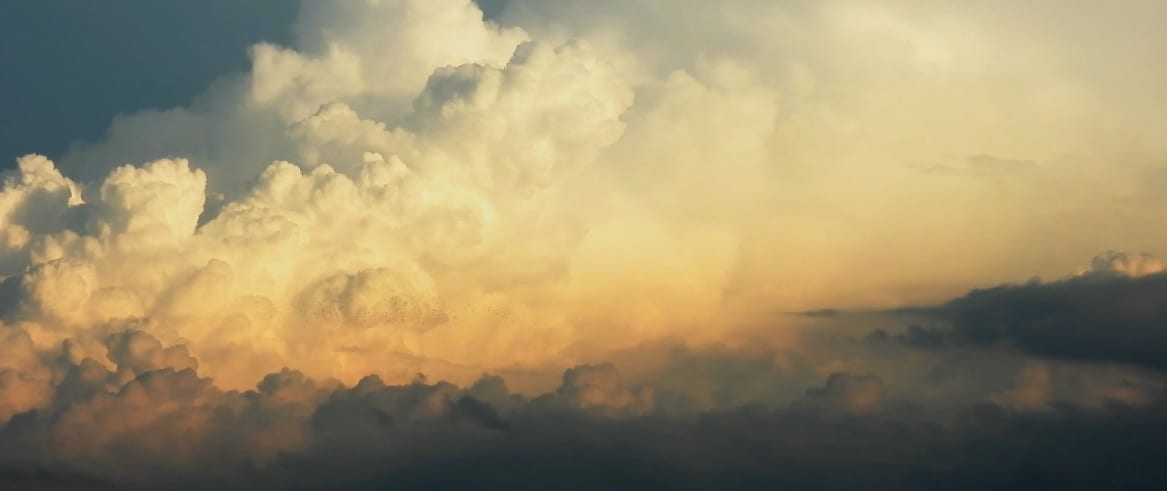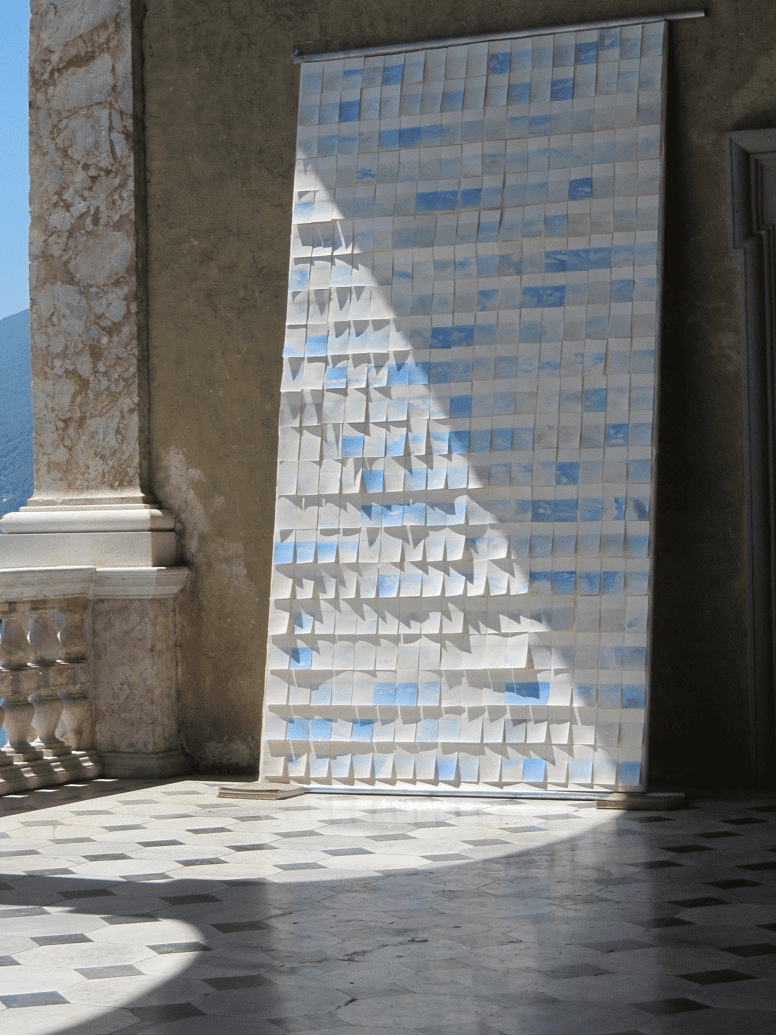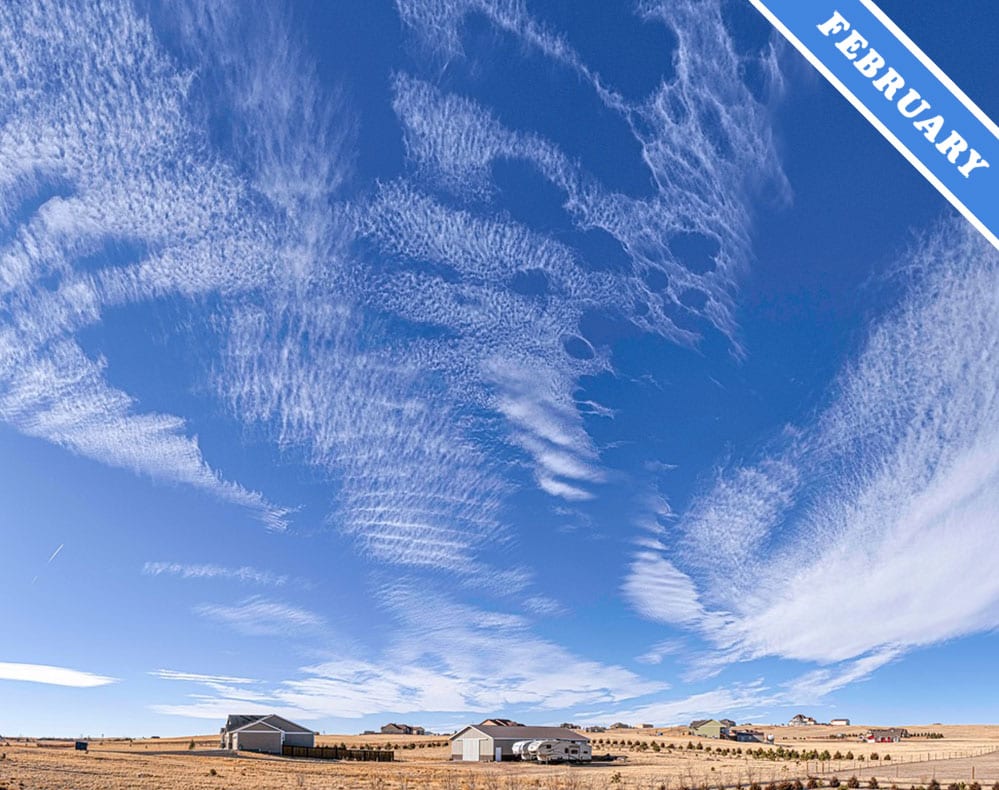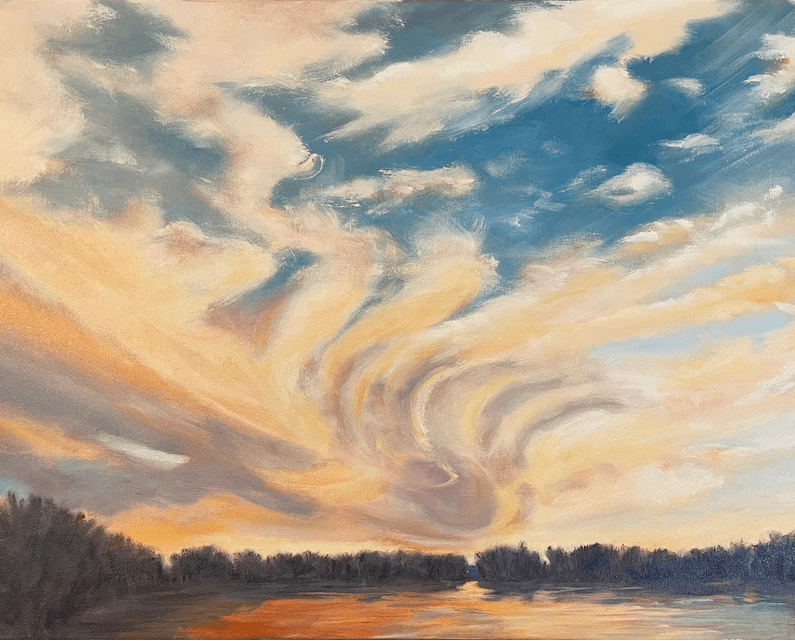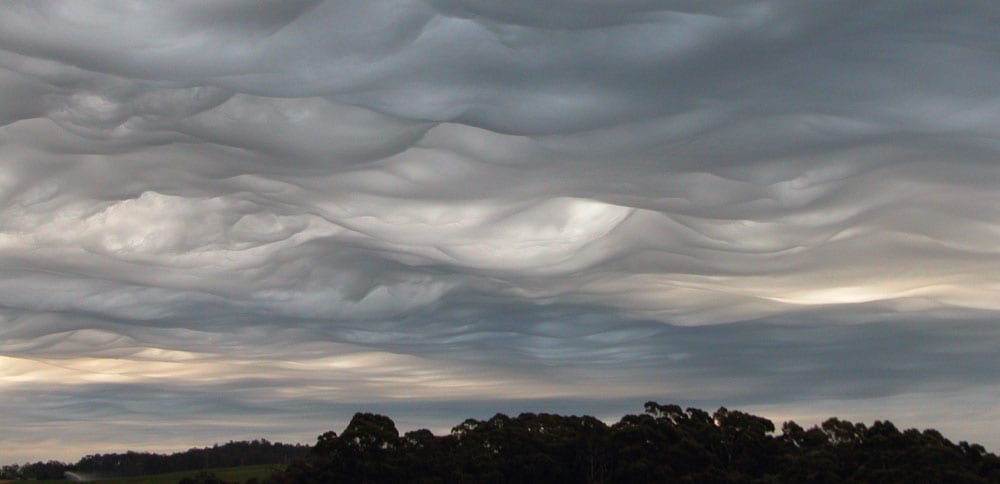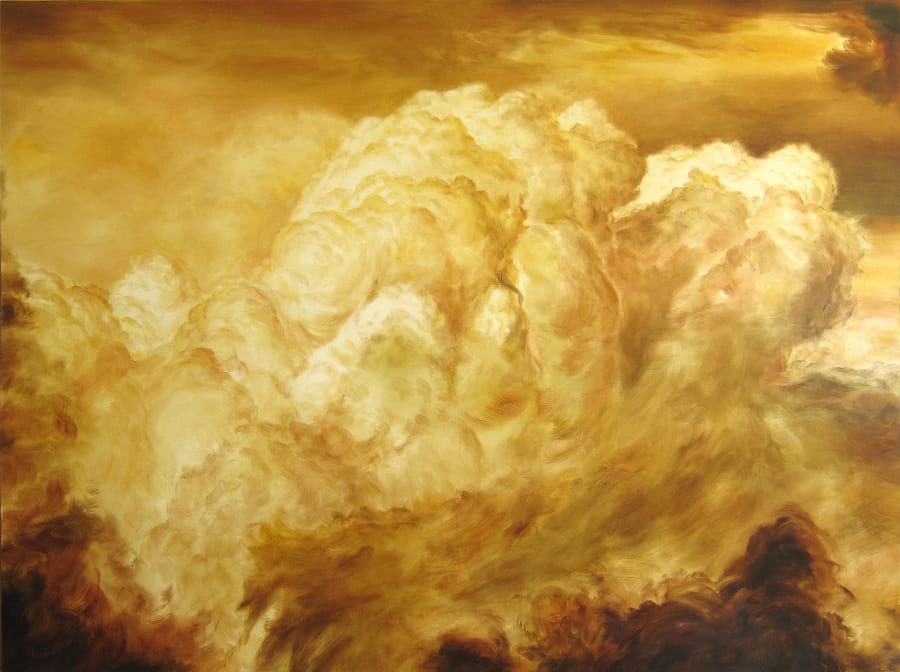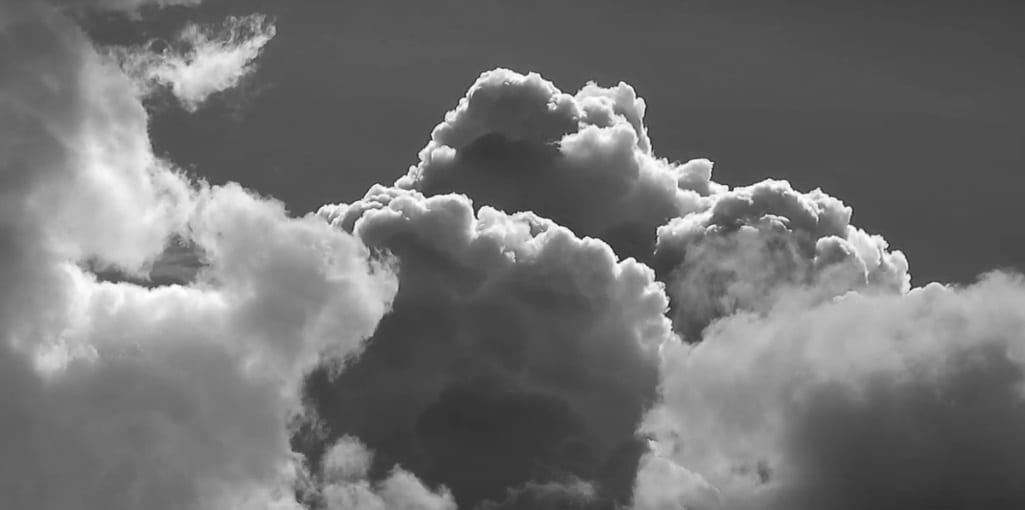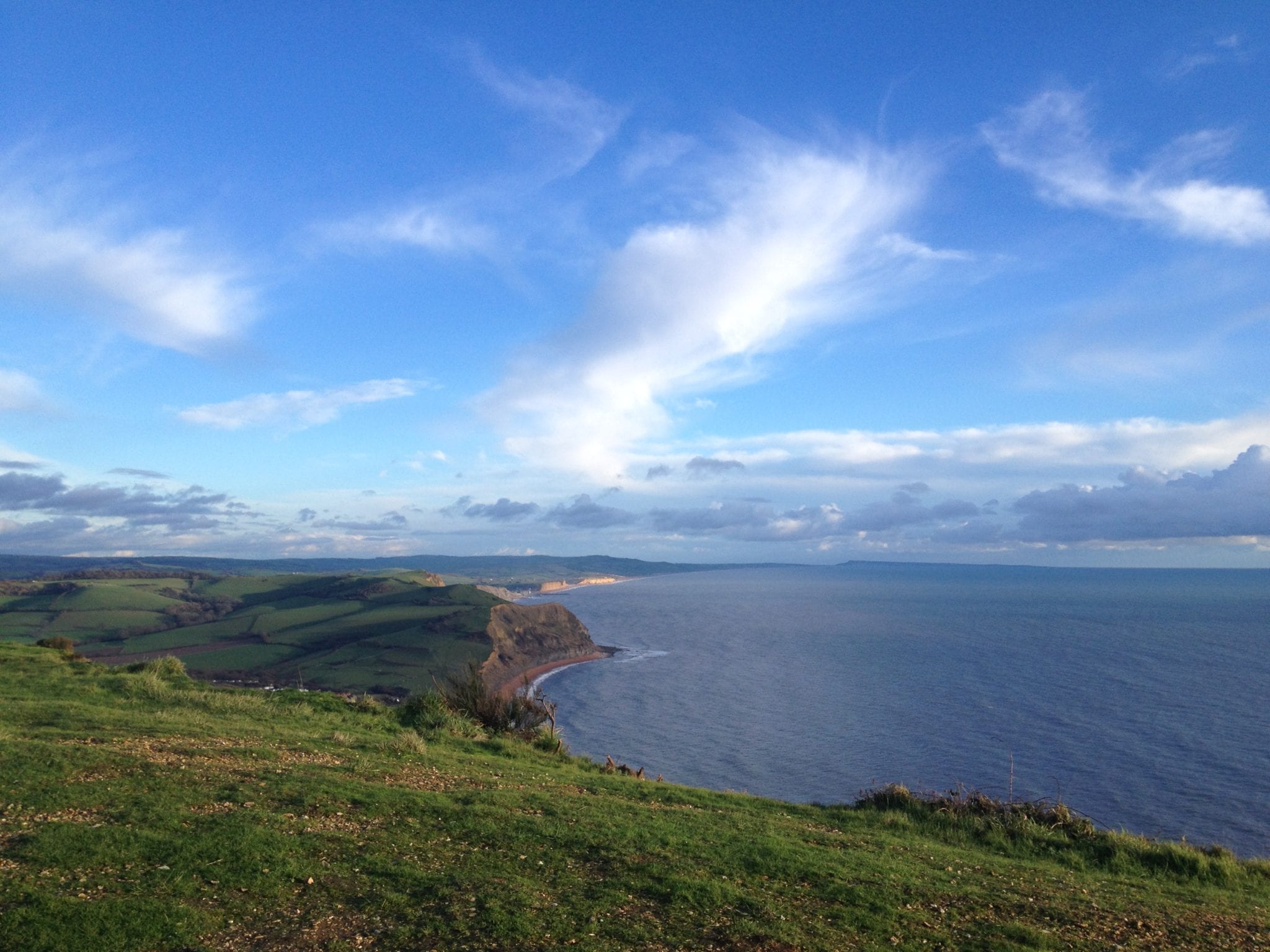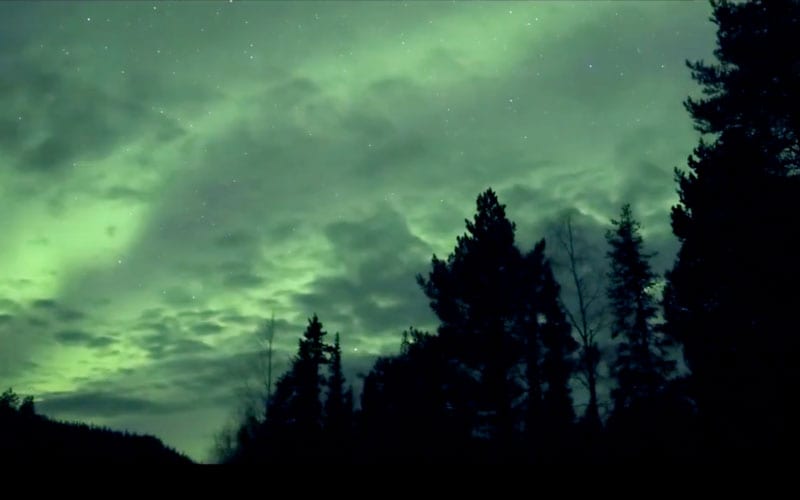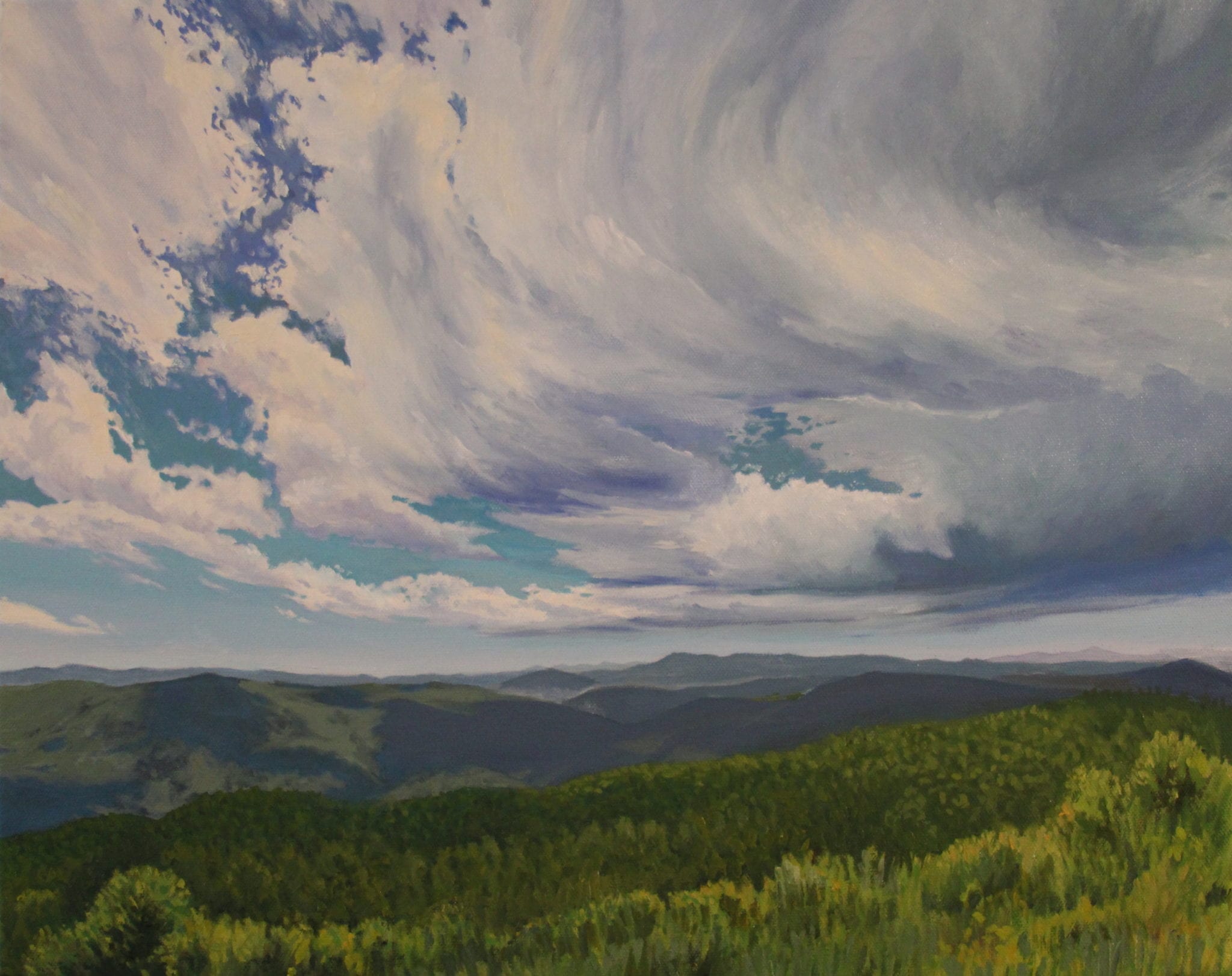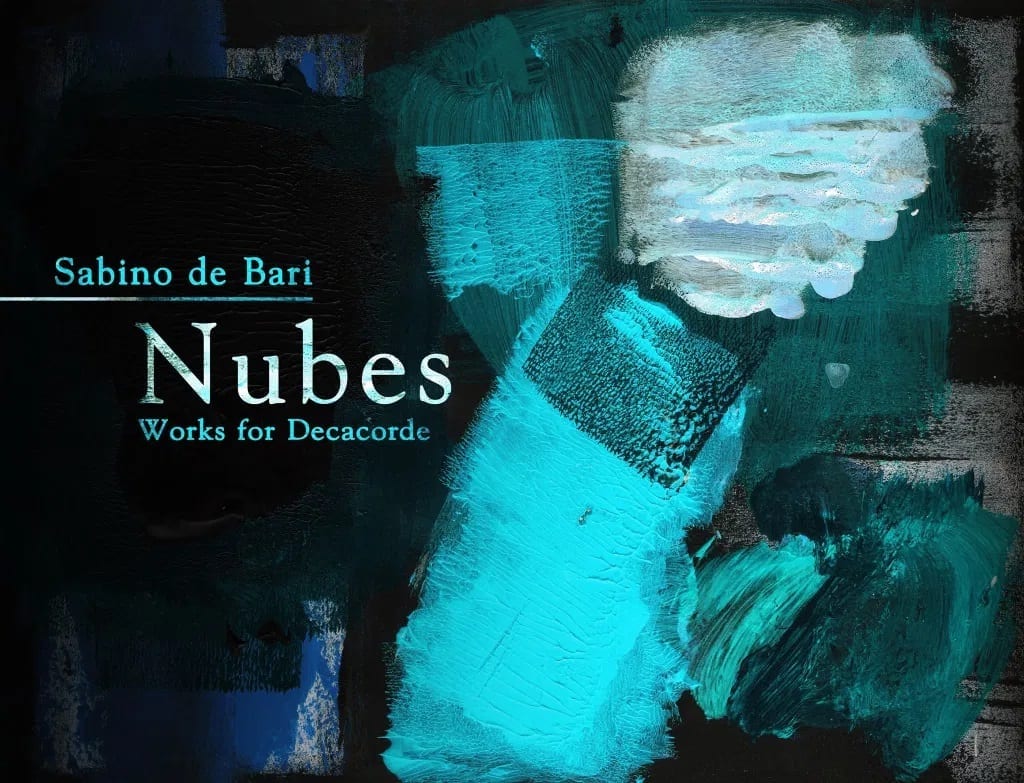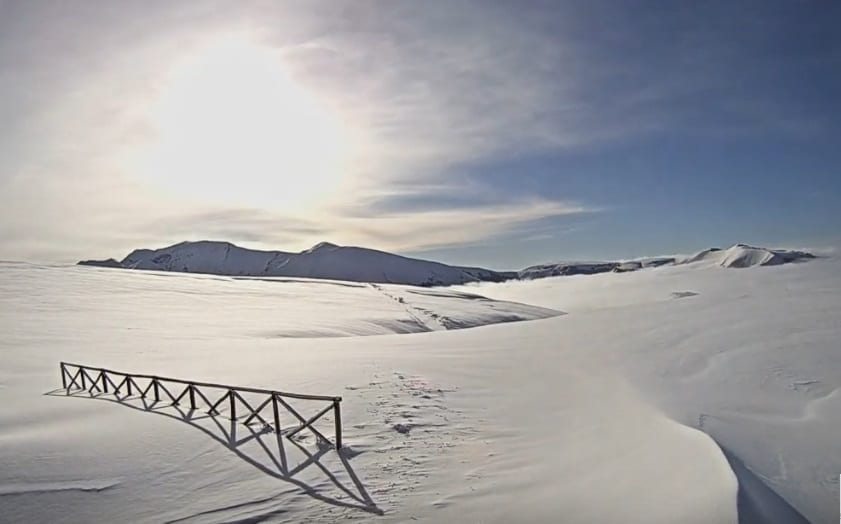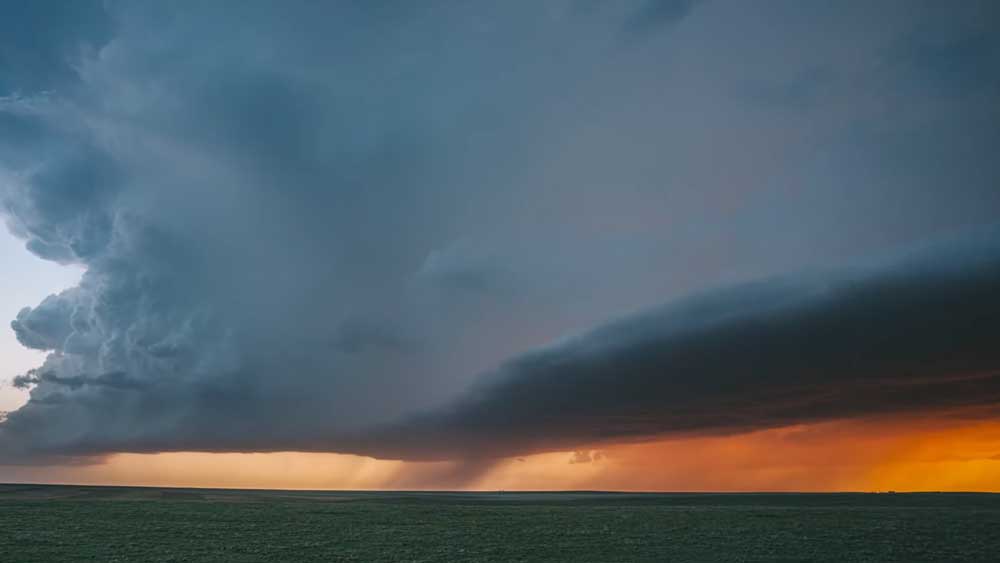The tablecloth cloud isn’t the only dramatic formation produced by the mountains around Cape Town in South Africa…
Category: Homepage
Kathleen Janick, member 49,856, submitted this beautiful poem and accompanying image. The photograph reminded her of when her then you children, helped her paint a wall.
Ann Kraus, member 48,329 is a painter of clouds. Her website says “Being focused and cloud aware is certainly a needed antidote for our downward gaze at our digital screens”.
James Cooper, member 55,001, sent us this video of the Morning Glory Cloud which forms over the Gulf of Carpentaria in Northern Australia every year during the months of September and October.
Freddy Niagara Fonseca (aka Cosmopolitan Poet on Facebook) sent us this cloud composition written in 1993.
Malcolm Tuffnell, member 55,301, tells us he has always been in awe of thunderstorms, especially squall lines, and saw many of them while living on the east coast for nine years.
George Preoteasa, member 41,445, sent us this timelapse taken in the Catskills. It shows nicely how the zodiacal light forms and then fades away. Society founder, Gavin Pretor-Pinney, tells us that as it’s so subtle, this is very hard to spot and photograph.
Janet Redmon of Lompoc, California usually writes poetry for children but sent us this one she wrote some years ago entitled “Rain Castles”
Maia Eden is an artist who recently started a new upcycling business which includes painting furniture. She has just completed this commission for a teenage girl’s chest of drawers.
Daniel Thomas, member 55,137, sent us this timelapse video taken in May 2017 in Ste-Mélanie and Ste-Béatrix, Quebec
Cindy Medina of Las Cruces, New Mexico sent these two cloud inspired Haiku
These rings of delicate pastel colours around the Sun can be caused by the tiny particles of a cloud…
Joseph Sweeney, member 54,778, an artist from Pennsylvania was inspired by a landscape in Delaware to paint “Farm on New Road” a 30 x 40″ pastel.
Terry Alby, member 40,752, wrote this poem for our Gallery Editor, Ian Loxley. He told us it’s about old photographers who love all the beauty that abounds and has the alternative titles of “Old Photographer’s Don’t Die Young!” or “Don’t Blame the Lens”
Joe Jennings, of Skydive.tv shows us how to take cloudspotting to the next level…
Artist, Paul Bennett (Member 47271), was recently able to exhibit his paintings at Gallery Lane Cove in Sydney. It was a successful show and his catalogue is now available to view online.
Lorra Rudman sent us several of her poems but this one, entitled “Underdog”, is her favourite and was written in 1984.
Underdog
Cloudy is the underdog
Who dresses all in grey
But has she not the right to joy
As any Sunny day?
She reaches out her rolling strength
To charge me full and strong
To lift me high on passion arms
To nurture me along.
The rays of Sun are always warm
He’s simple to define
But Cloudy’s the romantic one
Whose dark deserves to shine.
© Lorra Rudman 1984
Daniel Thomas, Society member 55,137, sent us this video shot last summer just before a storm.
Debra Dolinski, member 6,561, is a talented sky watercolour artist and has been a member of the Cloud Appreciation Society for many years.
It’s all happening in this cloudscape spotted by Jan Curtis over Wyoming, US. This is a big sky with a big name that reveals the invisible airflows high above…
Daryl Johnson, member 45193, is an artist based in New Orleans. This painting is called “Clouds Wrapping” 24 x 48″ oils on canvas and was inspired by how clouds can be so dynamic and seem to cause the earth to breath.
Mark Robert Ugland sent us this poem. He told us “one of the best parts of life is looking up!”
Ellen Ryan of Philadelphia, PA, heard about the Cloud Appreciation Society on the NY Times’ The Daily Podcast recently. The piece reminded her of this composition that she hadn’t thought about in decades.
When The Daily podcast from the NYT featured the Cloud Appreciation Society recently, they told the story of how we helped identify a new classification of cloud…
Tom Maloney lives in an area of Colorado known as the Wet Mountain Valley. From his front deck, he can see a sweeping panorama of the Sangre de Cristo mountain range. And of course, the sky above it. He recorded this time lapse video in May last year.
Rick Shaefer, member 54,615, is an artist who describes himself as “primarily a bread-and-butter Cumulus man. But do spread the tent sometimes”.
The Sam Handwich Band heard about us on the New York Times “The Daily” podcast. They told us they were amazed that something like our Society exists and wanted to share their music video with us, because it’s full of wonderful cloud images!
Paul Reddick, member 52,023, sent this lyric that he wrote for a friend who composes for, and runs an amateur women’s choir in Toronto.
Gregory Venarsky, member 48,157, sent us this relaxing timelapse of Spring clouds over his old him, Kennewick, Washington, USA.
Sybille Jones recently sent her digital viewpoint of clouds, which she created using Sketchbook.
May Blythe of London, UK, wrote this poem on a very windy day in Lyme Regis, looking out over the sea in-between Golden Cap and the Cobb.
Cloud of the Month for January shows the twisting heart of a mighty storm system…
Often thought of as the enemies of aurora watchers, clouds can in fact add beauty to a sky of Northern Lights as this video by Olivier Staiger shows…
Regina Calton Burchett, member 51261, recently finished this painting of clouds above the Blue Ridge Mountains in North Carolina
Caroline Sullivan sent us this poem written whilst she was a member of a poetry group as she felt people failed to notice our beautiful skies.
Sabino de Bari is a composer and guitarist who recently released a decacorde (10 strings classical guitar) album, Nubes, which is inspired by clouds.
This timelapse video was sent in by Massimiliano Squadroni, and was filmed in the Sibillini Mountains National Park (central Italy) in December 2020
A poem about clouds that look like things submitted by Hilary Thurston, member 54048
Vanessa Norris was gifted a membership by her sibling. She is based in Boston, MA and makes cloud themed pottery.
Marilyn Boyd (Member 45,180) got in touch to tell us about about the latest video from Colorado Springs based storm, sky and nature photographer, Rob Hoff…




